If you were a boxing fan who had no idea who Jake Paul or Anderson Silva were and walked into a bar showing their fight on Saturday night, you might have wondered how a fight of this caliber was a pay-per-view main event, but you wouldn’t have questioned that the men in the ring were legitimate professional fighters.
For that to be the case for Paul specifically, after taking up the sport less than three years ago, continues to be impressive. Paul entered the sport with a lot of disposable income, a sizeable following and a background in scholastic athletics, and has turned himself into one of boxing’s most notable draws and a boxer on par with many fighters who are at a similar stage of their pro careers.
On Saturday, Paul was tested in a way he hadn’t been in his professional career by Silva, a 47-year old MMA legend with many years of boxing experience. For what Paul requires at this point in his career, both as a pay-per-view salesman and as a developing fighter, Silva provided exactly what he needed. First and foremost, a recognizable name and a credibly perceived threat, but also a confidence in his movement and abilities that Paul’s previous opponents mostly have not had. Prior to Silva, Paul had feasted on a combination of influencers-turned-boxing newbies, athletes from other sports and MMA stars. While Silva also fits into the latter category, he also has a recent, credible win over Julio Cesar Chavez Jr. However faded and compromised Chavez was on the night they fought, it’s safe to say it still required a certain amount of boxing acumen to defeat him that night.
Silva moved with a confidence of an elite striker in MMA, but without the reaction time he had in his 30s, and without the pop in 10-ounce gloves to truly threaten Paul. However, that movement and the ability he did have left were more than enough to make Paul uncomfortable. Unlike prior Paul opponents who were all in a professional boxing ring for the first time (and in some cases, in a competitive boxing match for the first time), Silva didn’t have uncertainty about what was taking place. Paul was previously feasting upon opponents who sometimes had more combat experience than him, or a higher-level athletic background than him, but whom he had probably spent more cumulative hours focusing on boxing specifically than. For the first time in his boxing career, this was not the case.
What resulted was Silva dictating the spacing of the bout for significant stretches, forcing Paul to counter off the ropes and work defensively through multi-punch flurries. There were times when Paul was visibly moving faster than he would have liked to around the ring, and had to find ways to change that.
Paul put it all together in the eighth round, facing an emboldened Silva who thought or perhaps knew he was behind on the scorecards and in need of something significant, if not an outright knockout. Following his corner’s instructions to not concede ground and simply meet Silva on his own terms when he approached rather than backing to the ropes, he threw a five punch combination to the body and head, with the final overhand right flooring Silva. On the official scorecards, which turned out to be 77-74 and 78-73 twice, the punch wasn’t the turning point in the bout. But for many scoring at home who felt the bout was even, it was a decisive moment. On the scorecards of public opinion, it cemented the fact that he’d beaten Silva fair and square.
Fighters with six wins and no losses come in all shapes and sizes, and in various degrees of ability, ranging from truly wretched to world champion. Jake Paul is neither. Which end of that scale he’s closer to at present time can be debated, but he has the resources (namely world-class sparring) and commitment to at least inch closer to the latter.
Given Paul’s quest to be considered a serious boxer, many in the boxing community have taken him at his word and scrutinized his resume, namely the caliber of opposition that Paul has beaten to get to 6-0. There is validity to both sides of the debate. It is true that most fighters who are not moved like Vasiliy Lomachenko or Kosei Tanaka do not face particularly threatening opposition in their first six fights. Most of those non-threatening opponents also probably don’t focus the majority of their time on boxing, but rather balance it with another vocation, as fighting at the sport’s lowest levels can only be a full-time vocation for those with financial backing and/or the perceived talent to graduate to the highest levels.
Where Paul differs from many fighters at his level of experience from an opposition perspective is that from an athletic perspective, his foes have been something else—mostly MMA fighters—first, not boxers first. It is no doubt true that there are boxers with upside down records, even ones in the single digits, who would be more dangerous than even Anderson Silva to Jake Paul at this point in his career.
However, Paul is not like every other boxer—or better yet, any other boxer at all. He fights on pay-per-view, and although he has made several attempts to face actual boxers, Hasim Rahman Jr. and Tommy Fury, MMA fighters provide a level of notoriety necessary to sell such events. This also appears to be a major facet of Paul’s self-marketing campaign. Paul has preyed upon the longstanding desire to fantasy book MMA vs. boxing fights, and the inherent insecurities die-hard fans from both sports have about their own sport and how it compares to the other in a variety of ways. Paul has gone to far as to make a vocal enemy out of UFC boss Dana White, and whether altruistically or a bit of master-trolling, has promised to start an MMA fighter’s union.
To use pro wrestling parlance, in doing so, Paul has transformed himself into a babyface for at least some portion of the boxing community, and a heel to a portion of the MMA crowd. Paul has dangled the carrot of getting his comeuppance from a series of MMA legends, and in turn has knocked them out and then criticized the MMA industry as a whole. On-site reports at Paul-Silva suggested that the crowd was an MMA fan-heavy gathering, and even through television it was clear that the audience was pro-Silva.
That well is one Paul is looking to dip into at least once more. Prior to the bout, footage was released of an altercation between his team and Nate Diaz, and following the bout, Paul called Diaz a “b*tch” and demanded he fight him.
He also said the same to Canelo Alvarez. Even Paul knows that there is only so many times he can extract from that well, and that his intentions to one day become a contender must be clear to the boxing audience in order for them to embrace him long-term. It’s also a decision of sheer necessity, as the Venn Diagram of marketable MMA fighters and ones a commission would sanction against a rapidly improving Paul will one day soon not intersect at all.
It’s a conundrum every fighter on the rise faces, reaching a point at which their opposition needs to step up. It’s what real boxers do, and to this point Jake Paul hasn’t given us a reason to believe he isn’t one.
Corey Erdman is a boxing writer and commentator based in Toronto, ON, Canada. Follow him on Twitter @corey_erdman
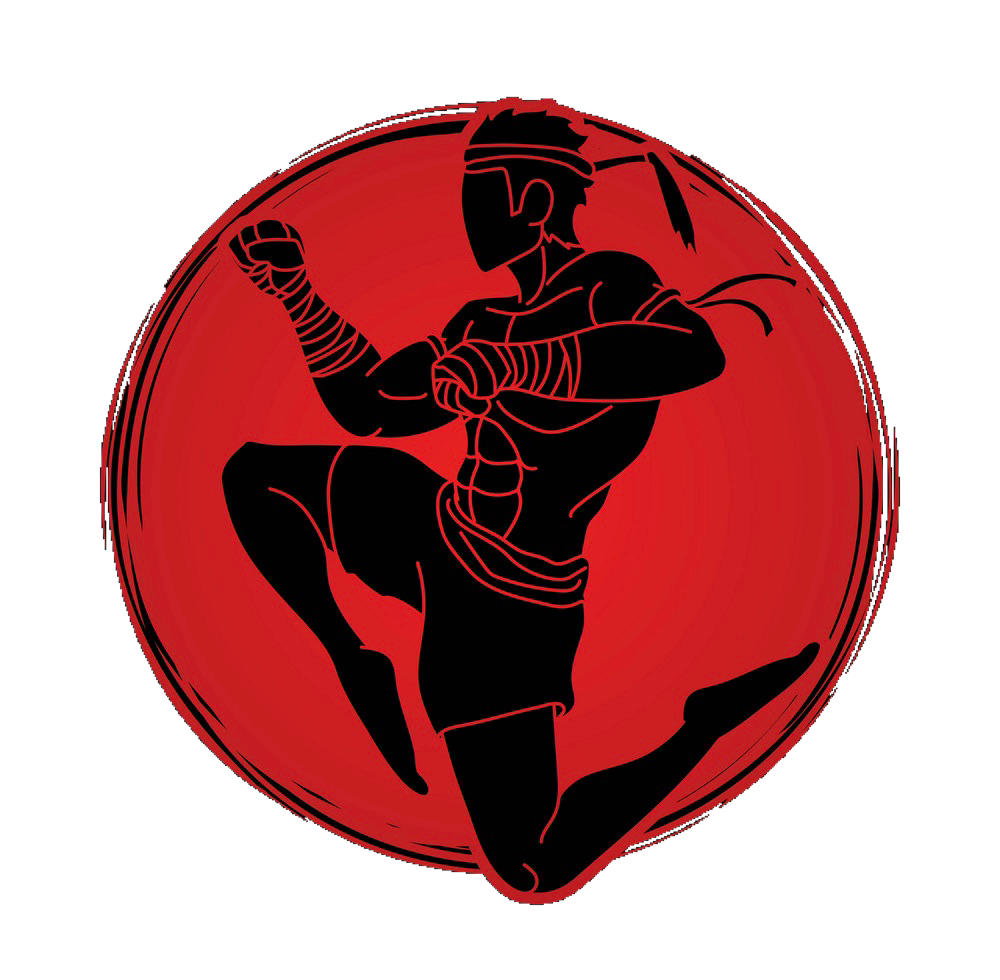

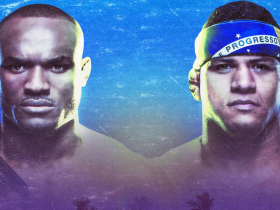
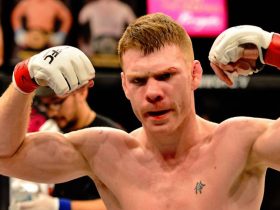
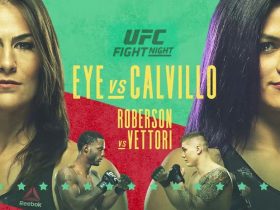
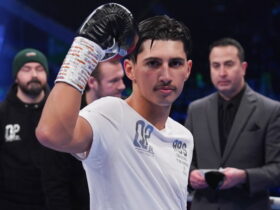
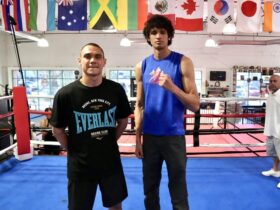
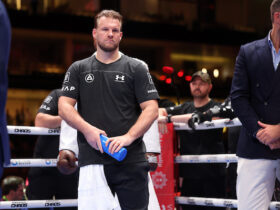
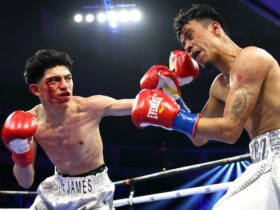


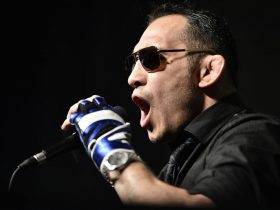
_1667113807.jpg)
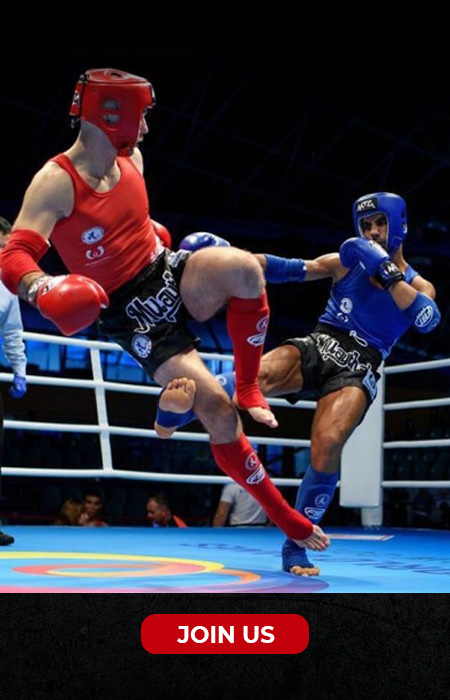
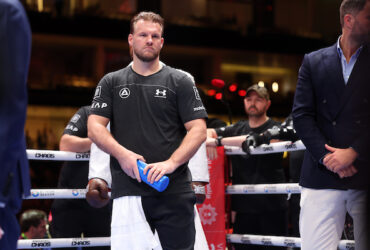
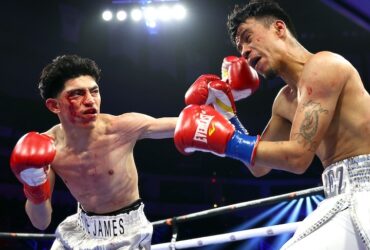



Leave a Reply